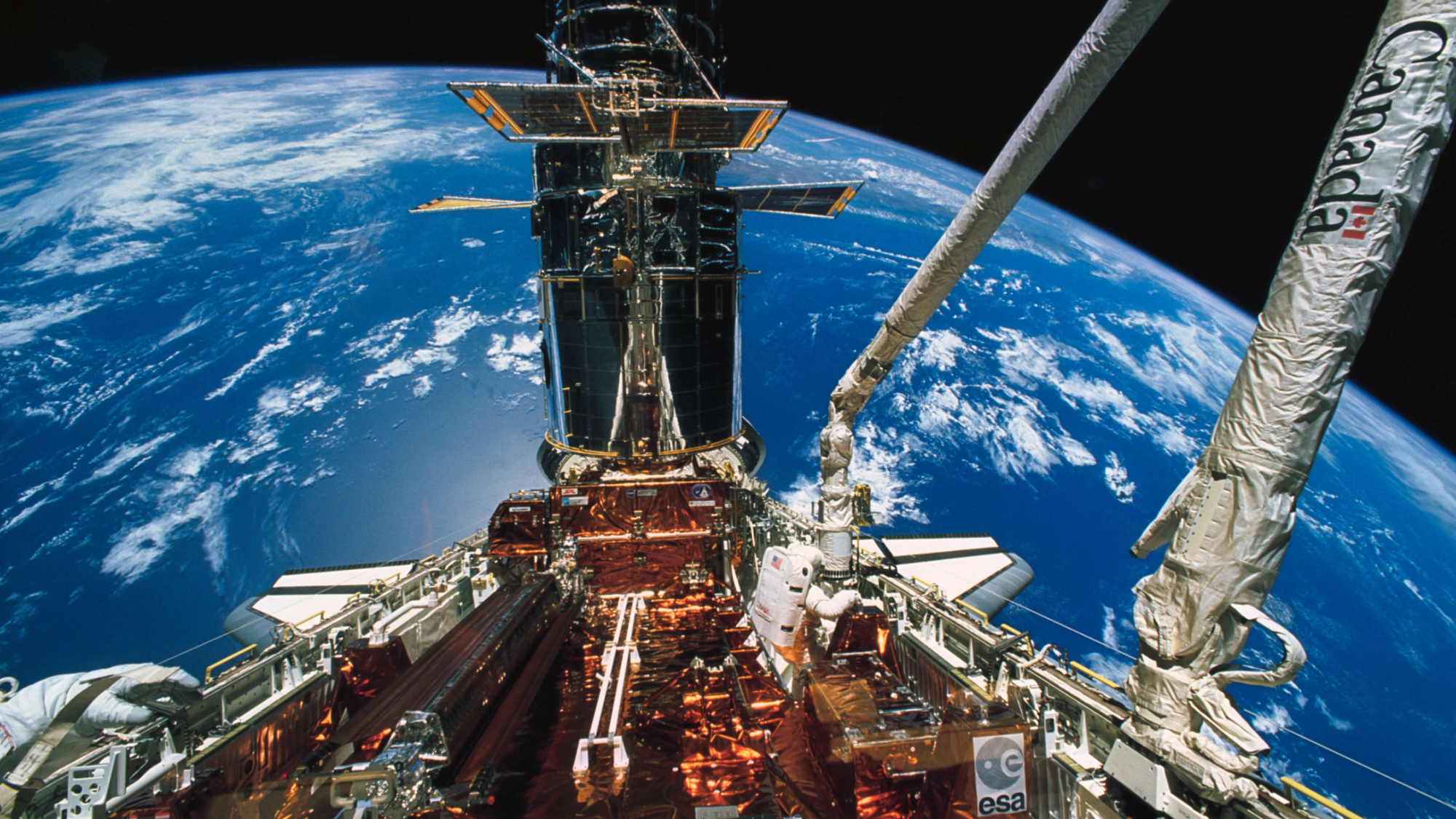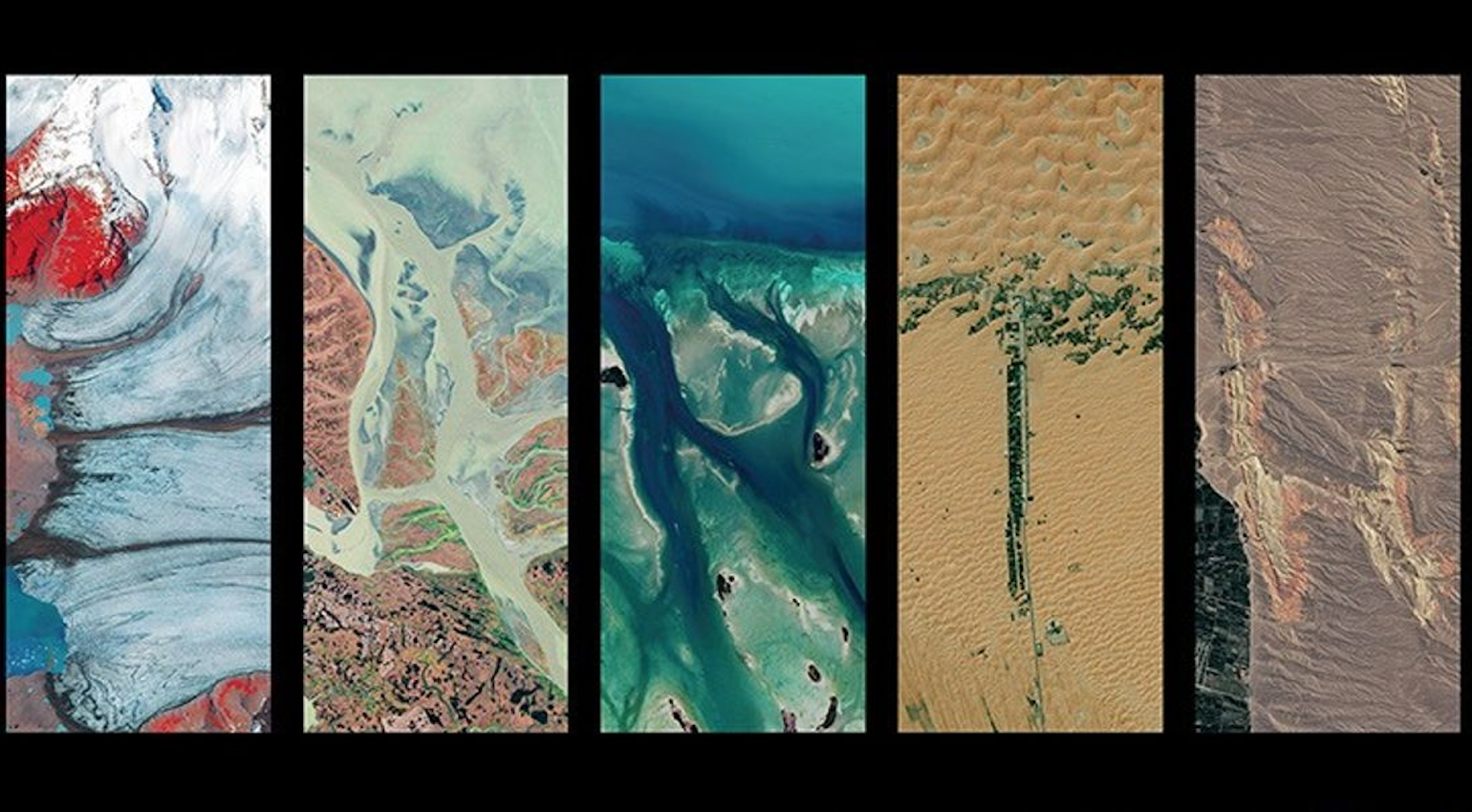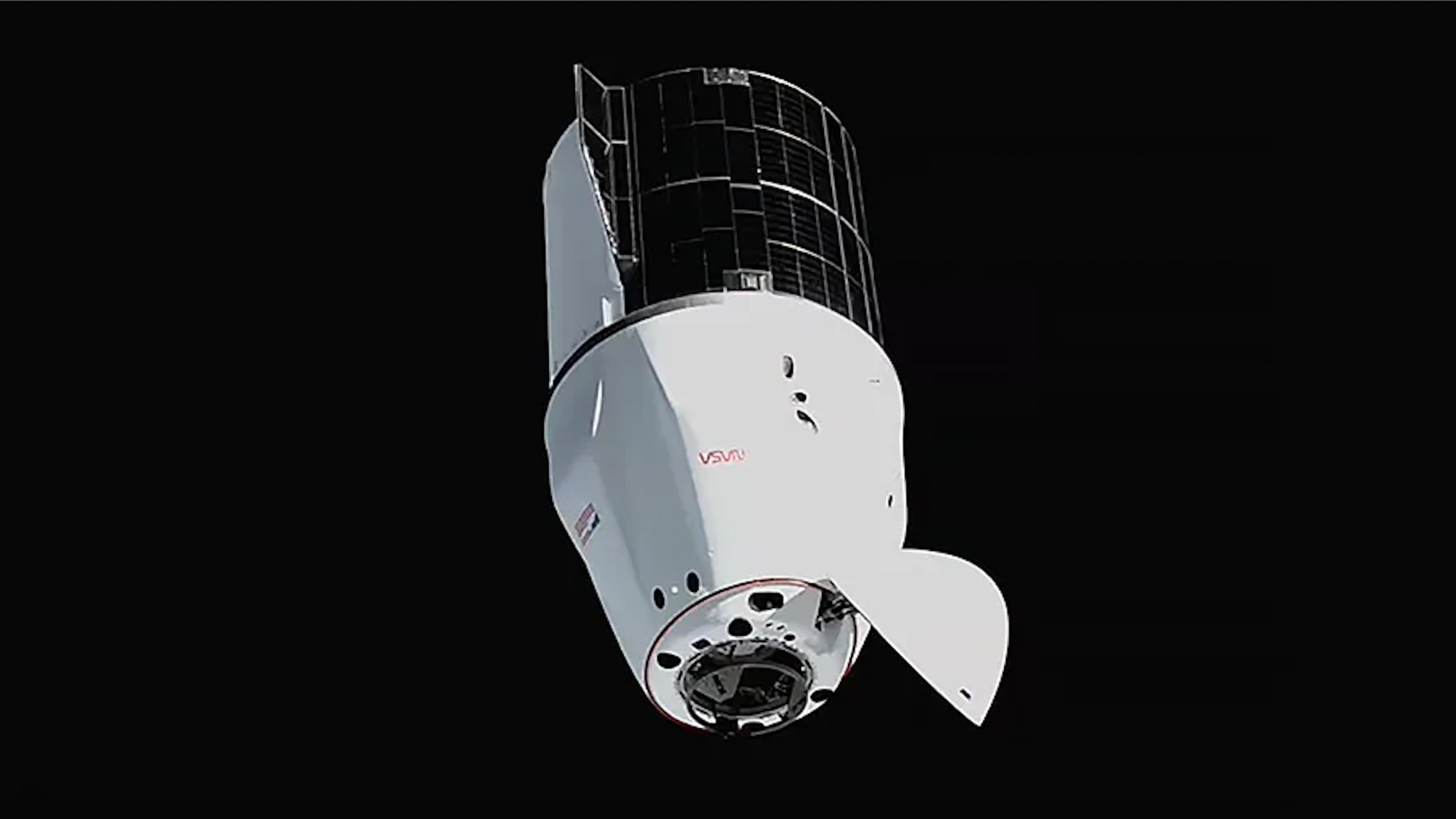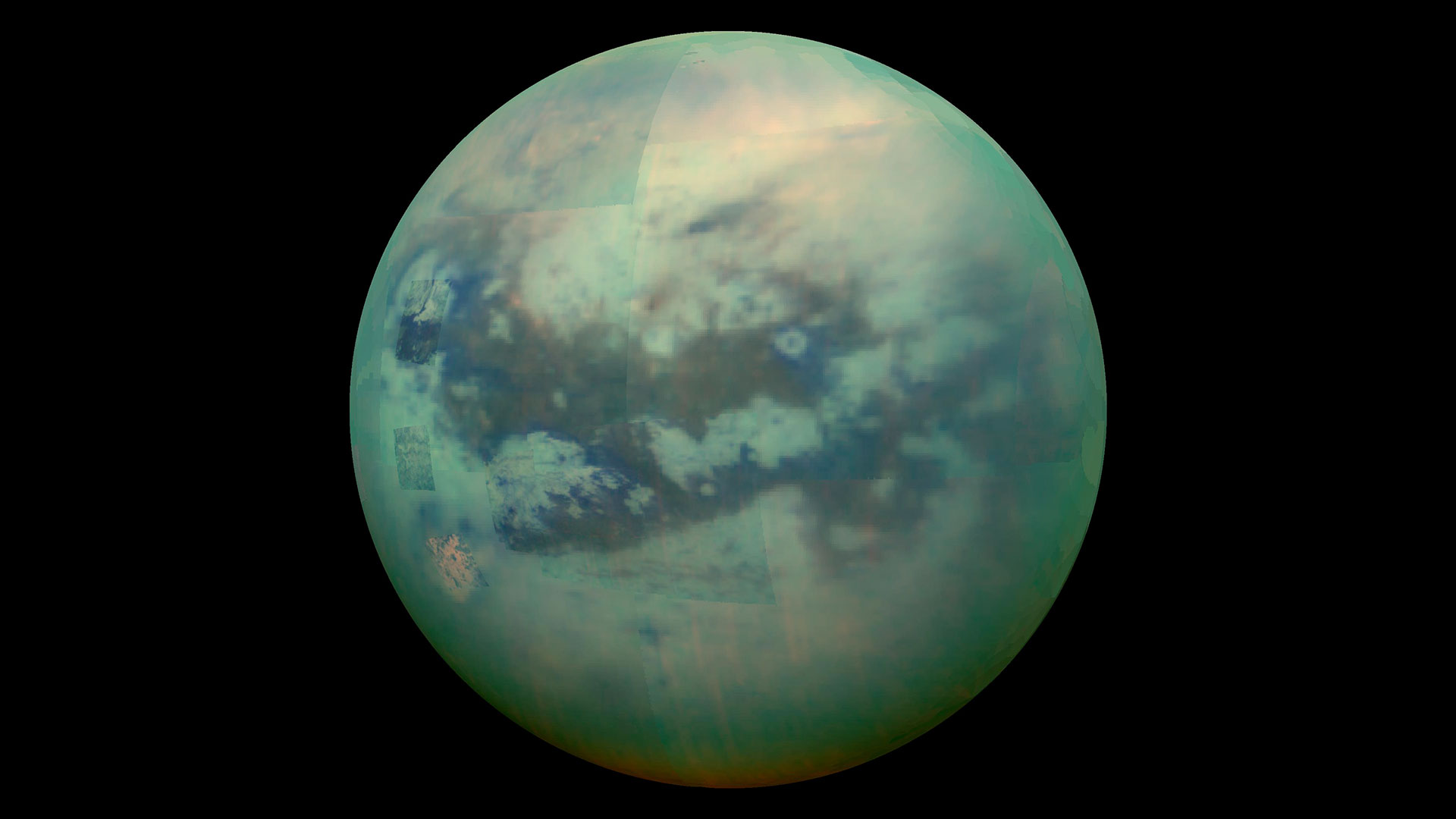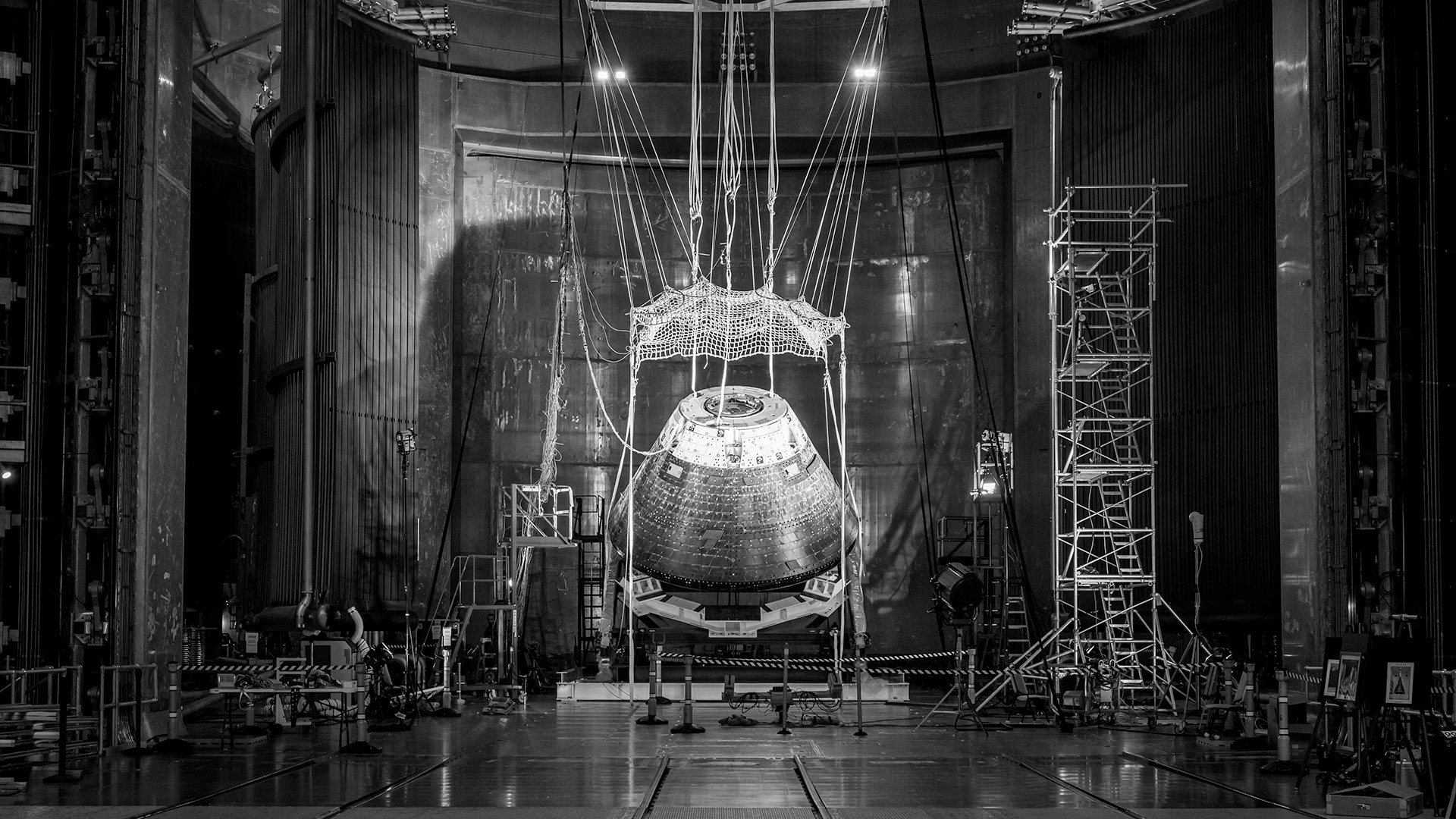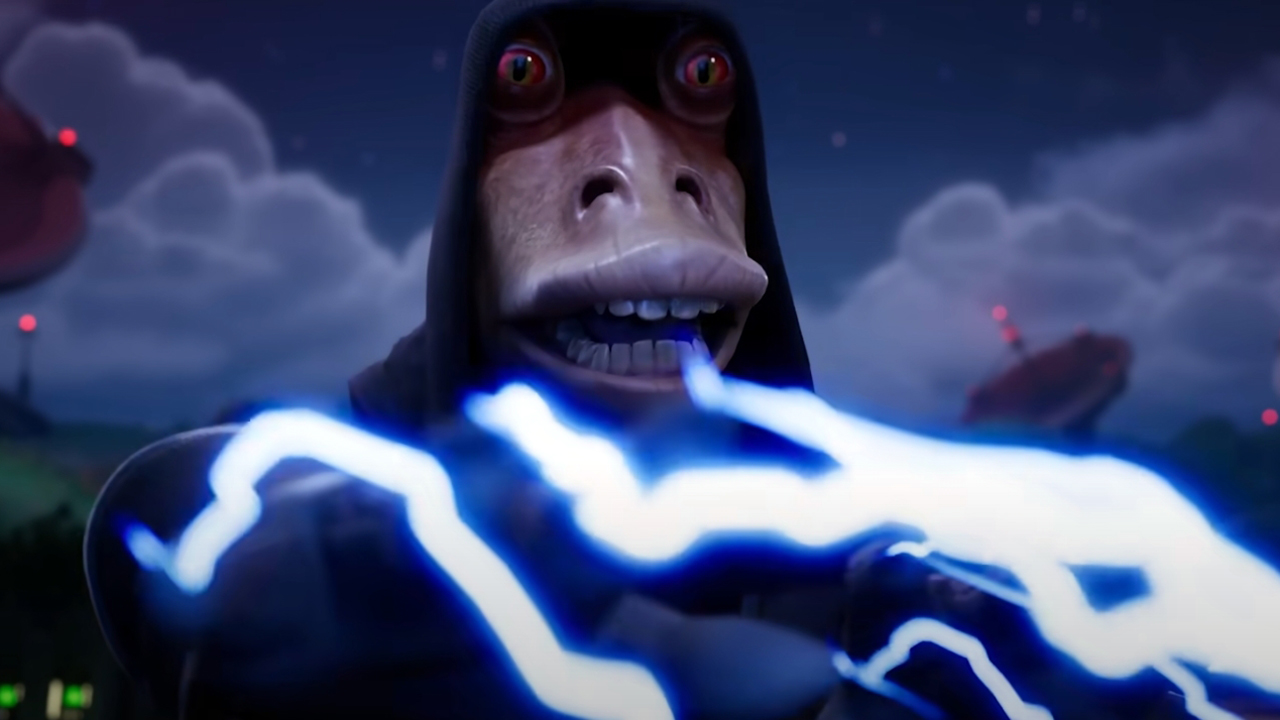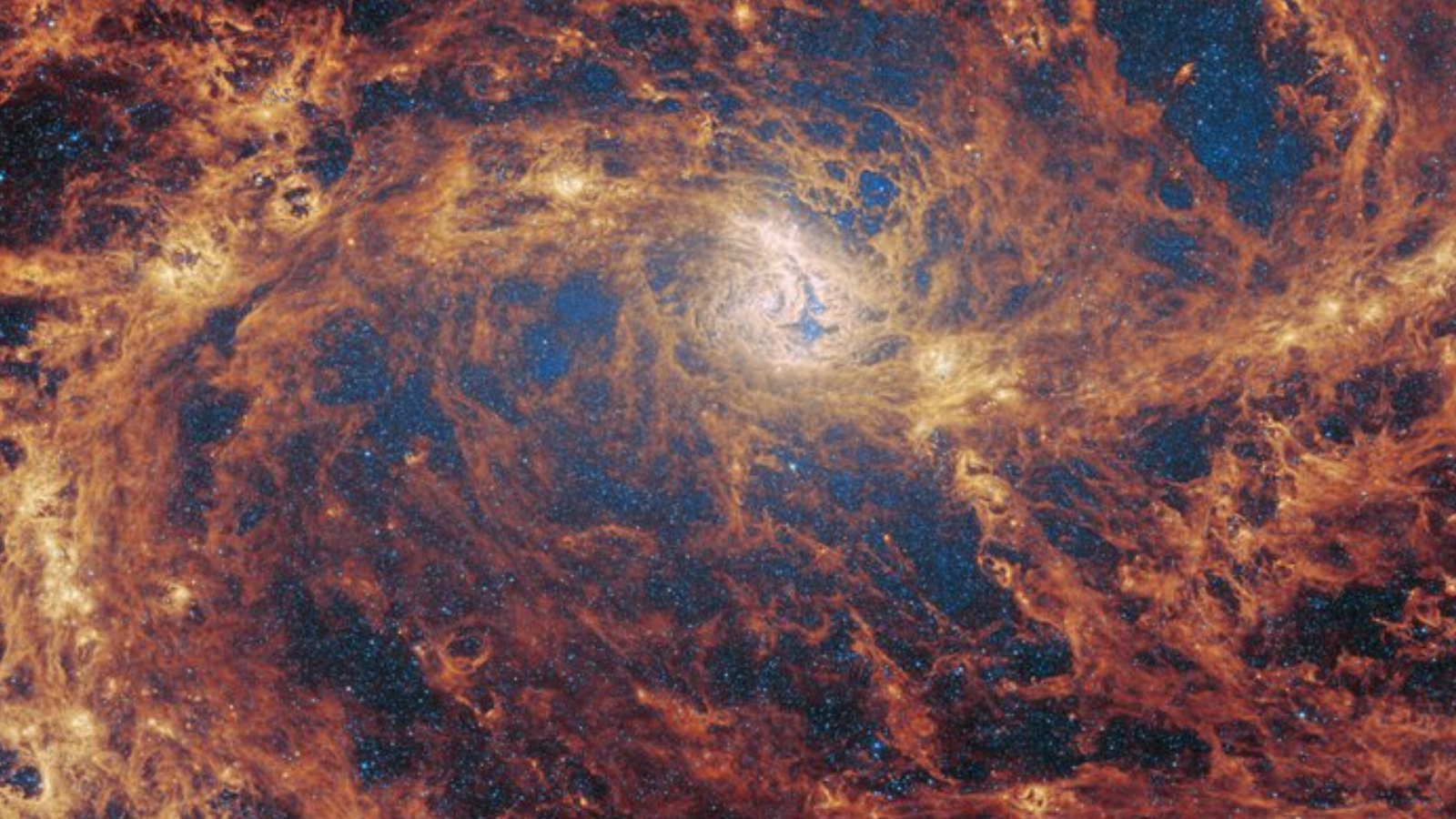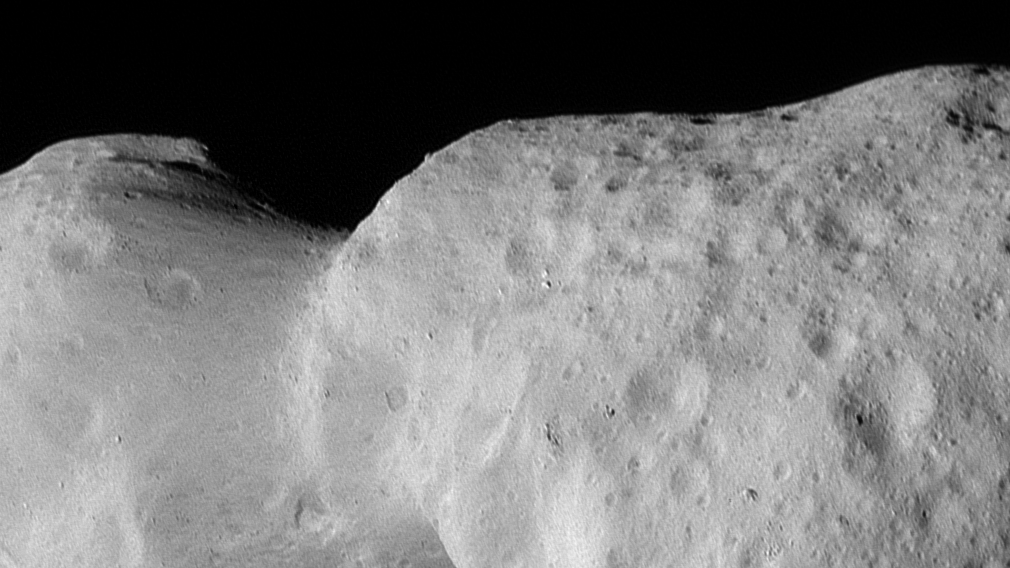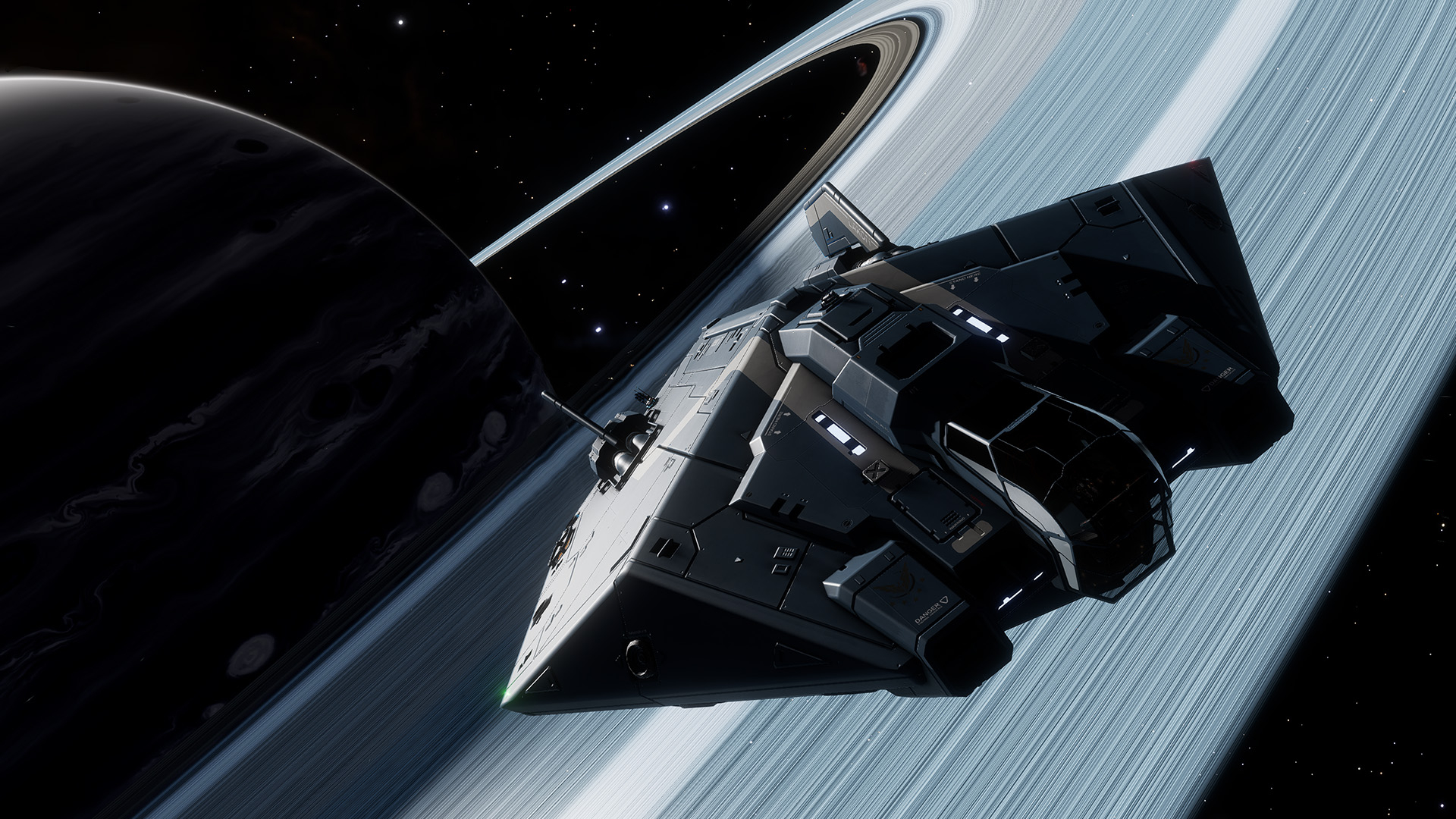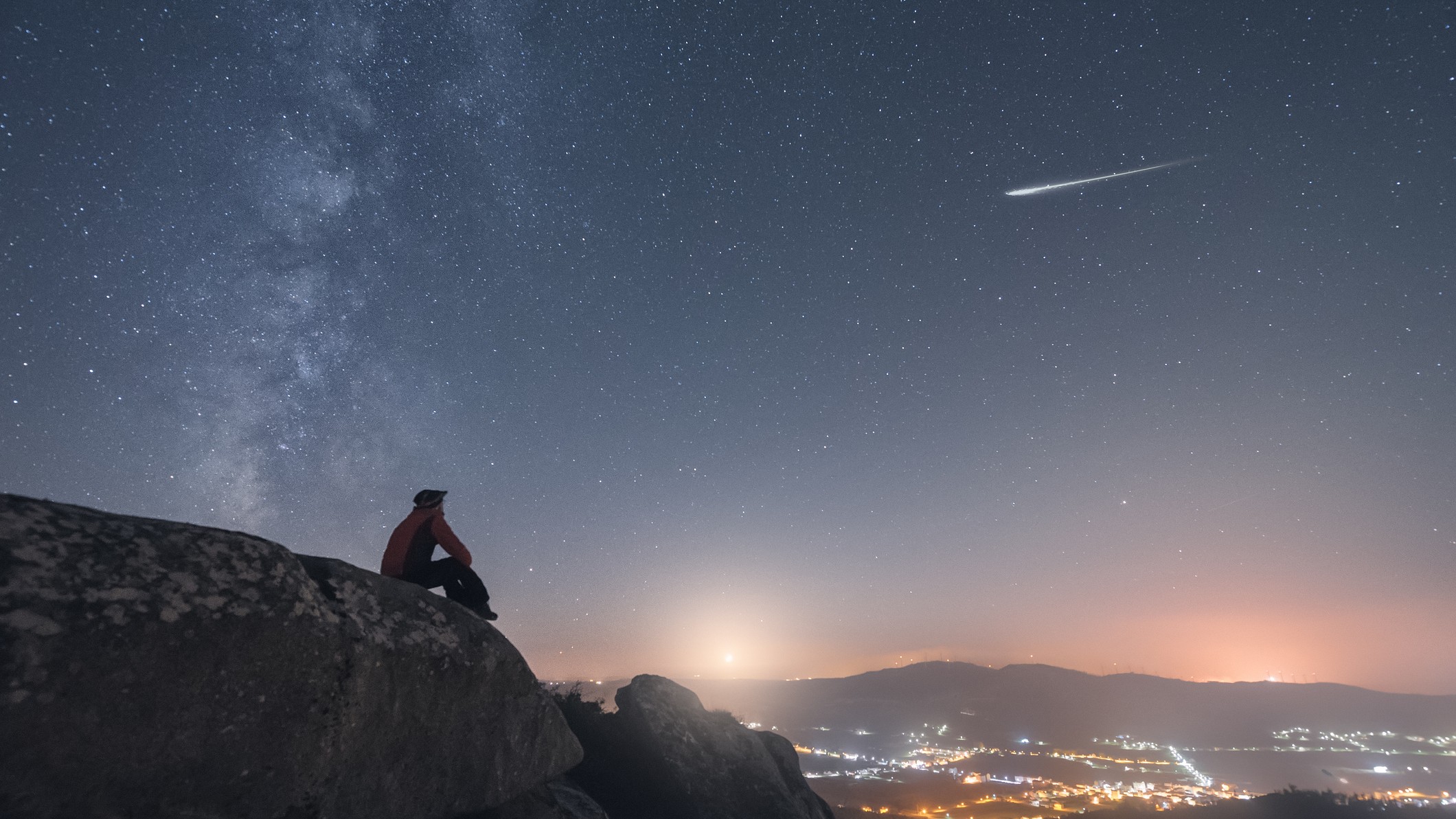Remember that asteroid everyone was worried about 2 months ago? The JWST just got a clear view of it
"All together, we have a better sense of what this building-sized asteroid is like."
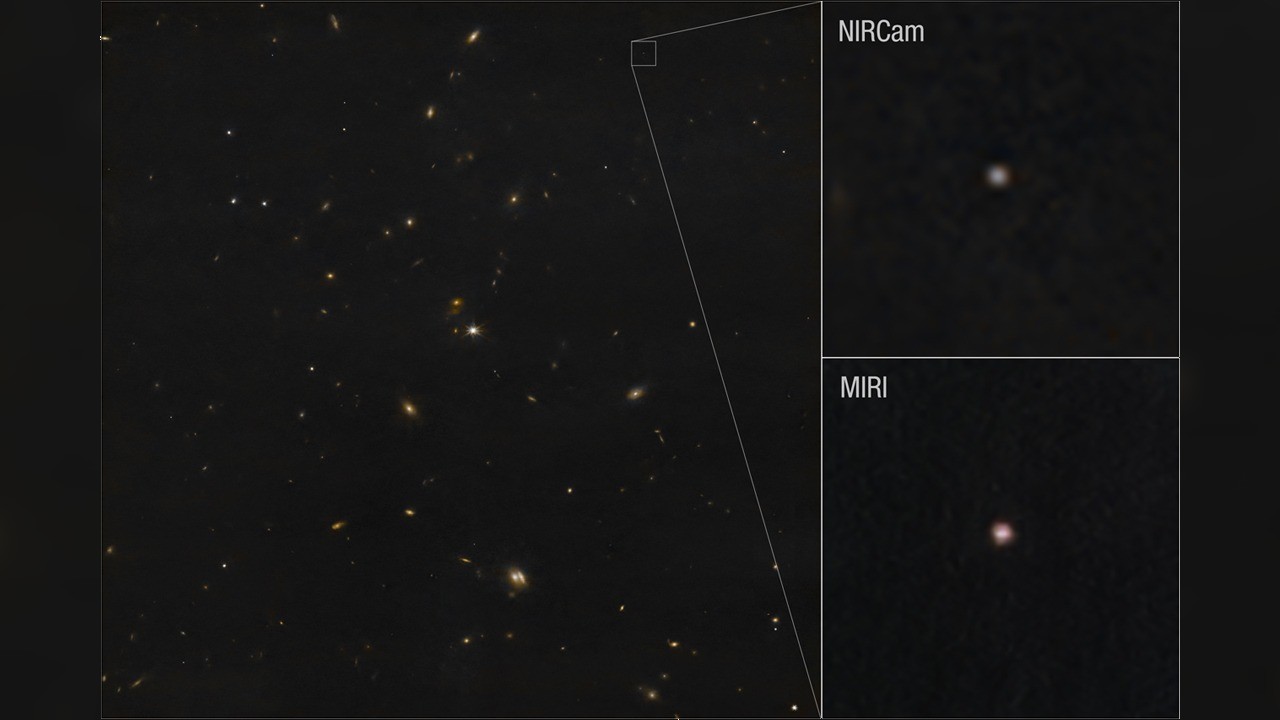
For a few weeks in January and February this year, asteroid 2024 YR4 had us all worried.
Shortly after it was discovered, astronomers calculated that the asteroid had a 1-in-83 chance of hitting Earth in 2032 — that's an impact risk of around 1%. Experts urged caution, though noting that the impact odds were likely to fall significantly. Sure enough, by late February, the probability of the asteroid hitting Earth fell to near zero.
This asteroid, however, is still worth analysis in its own right. As such, scientists recently turned the James Webb Space Telescope's (JWST) powerful gaze towards 2024 YR4, capturing the object in both visible and thermal light. The team measured the asteroid to be around 200 feet (60 meters) in diameter. "That's just about the height of a 15-story building," Andy Rivkin of the Johns Hopkins University Applied Physics Laboratory said in a statement.
The JWST also helped scientists study how quickly the space rock heats up and cools down. According to Rivkin, these thermal properties in 2024 YR4 are "not like what we see in larger asteroids," likely due to the fact that it spins very quickly and that its surface is "dominated by rocks that are maybe fist-sized or larger," rather than fine grains of sand.
Rivkin said studying asteroids like 2024 YR4 with the JWST is "invaluable" for helping scientists figure out how our space telescopes might aid planetary defense efforts if another "possible impactor" is found down the line.
"All together, we have a better sense of what this building-sized asteroid is like," Rivkin said.
"This will help us determine the best approach to use during a more urgent observing program should another asteroid pose a potential impact threat in the future."
Get the Space.com Newsletter
Breaking space news, the latest updates on rocket launches, skywatching events and more!
A study about the JWST's observations of asteroid 2024 YR4 were published in the journal Research Notes of the AAS.
Join our Space Forums to keep talking space on the latest missions, night sky and more! And if you have a news tip, correction or comment, let us know at: community@space.com.

Brett is curious about emerging aerospace technologies, alternative launch concepts, military space developments and uncrewed aircraft systems. Brett's work has appeared on Scientific American, The War Zone, Popular Science, the History Channel, Science Discovery and more. Brett has English degrees from Clemson University and the University of North Carolina at Charlotte. In his free time, Brett enjoys skywatching throughout the dark skies of the Appalachian mountains.
You must confirm your public display name before commenting
Please logout and then login again, you will then be prompted to enter your display name.
James Webb Space Telescope sees a celestial Venn diagram around a dying star
This star burped after eating a planet — but the planet was really asking for it
